The cutting-edge Ancient Egyptian exhibition Egyptian Mummies: Exploring Ancient Lives is set for its world premiere on 10 December 2016 in a world exclusive to Sydney’s Powerhouse Museum at the Museum of Applied Arts & Sciences.
The exhibition, which will be open until 25 April 2017, will allow audiences to see the mysteries of mummification. Direct from the British Museum’s collection, the exhibition will include six mummies which audiences will be able to see inside of thanks to the latest non-evasive computed tomography (CT) scan and 3D visualization technology. As the Museum of Applied Arts & Sciences explains, this means that visitors will be able to see beyond the coffin and outer bandages to the skin, soft tissues, amulets, and skeletal form itself.
The six mummies, four of which had never before been CT scanned, date back to Ancient Egyptians who once walked this world between 1,800 and 3,000 years ago. Along with the mummies, visitors will be able to explore the lives of Ancient Egyptians by seeing the mummies in their historical, geographical, and social contexts alongside 200 antiquities that cover themes ranging from food, health, and medicine, to music and personal adornment.
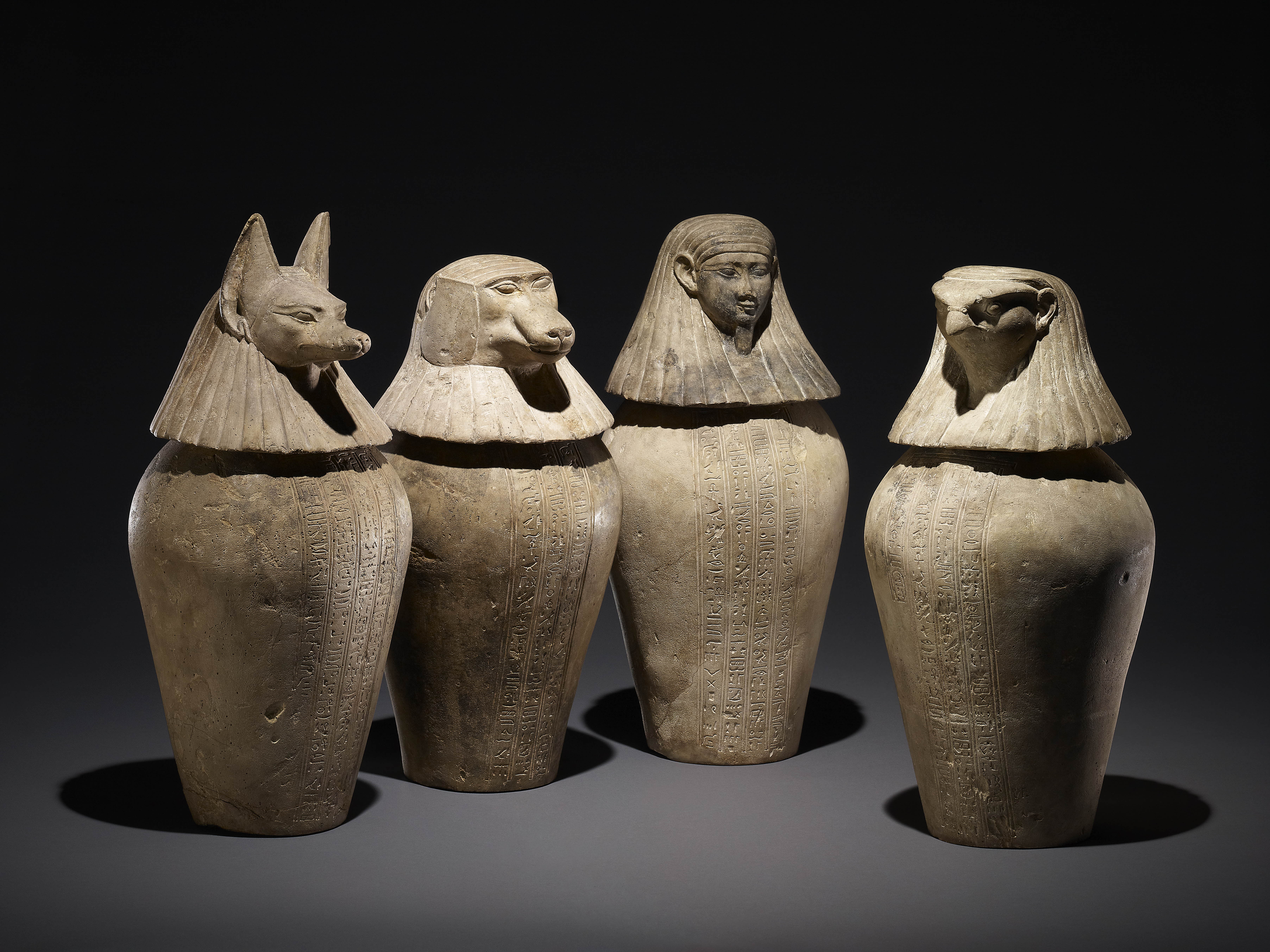
“Visitors will have the chance to see everything from a 3500 year old bread loaf with the imprint of the baker’s hand still visible to 3D printed amulets detected on the body of a middle aged woman called Tamut, embalmer’s tools used in the mummification process, mummy masks and portraits, a pair of child’s leather sandals, a 3500 year old harp and even a wooden toy horse on wheels,” reveals Melanie Pitkin, the Museum of Applied Arts & Sciences curator for the Egyptian Mummies: Exploring Ancient Lives exhibition.
Speaking to Egyptian Streets, Pitkin called the exhibition an incredibly important event that bridges the present with the past.
“Despite being separated by thousands of years, sometimes it seems there isn’t actually very much that has changed! We still have many of the same fears and obsessions – around death, how we look, how we’re going to earn money to look after our family and so on,” says Pitkin.
“What’s really interesting, however, is how we respond to these in different ways. Exhibitions, like Egyptian Mummies, provide us with a chance to take the time to make some of these reflections, to feel humbled and in awe and to draw comparisons between then and now.”
What is unique about this exhibition?

Along with the latest and unique CT and visual technology used, Egyptian Mummies manages to bring together science, history, art, technology, art, and more.
“Unlike most Egyptian themed exhibitions, Egyptian Mummies is a highly collaborative and interdisciplinary one. It is the product of a team of physical anthropologists, Egyptologists, conservators and medical radiologists who have worked together to scientifically investigate the mummies in a much broader social, cultural, religious and geographical context,” explains Pitkin.
“The types of information we can find out about the mummies from their scans, include their approximate age at death, sex, approximate height, the types of food they ate, their state of health, possible cause of death and how they were embalmed. While the focus of this exhibition is very much on the mummies, there are also 200 objects of funerary use and daily life which help to tell their stories and recreate what it would have been like to live and die in ancient Egypt thousands of years ago.”
While Pitkin admits that CT scanning has been performed on Egyptian mummies for several decades now, Pitkin says this exhibition is unique as it pushes the imaging technology to its limits, achieving the clearest scans revealing stories that no exhibition has ever been able to tell before.
“In the case of the mummy of Nestawedjat, for example, X-rays from the 1960s led researchers to believe that Nestawedjat was a man. But, recent CT scans show that, in fact, she was a woman,” says Pitkin.
“In the case of an infant child from the Roman Period, CT scans have also been able to confirm that the mummy belonged to that of a little boy – not a girl, as the renowned 19th century Egyptologist, Sir William Flinders Petrie, first claimed.”
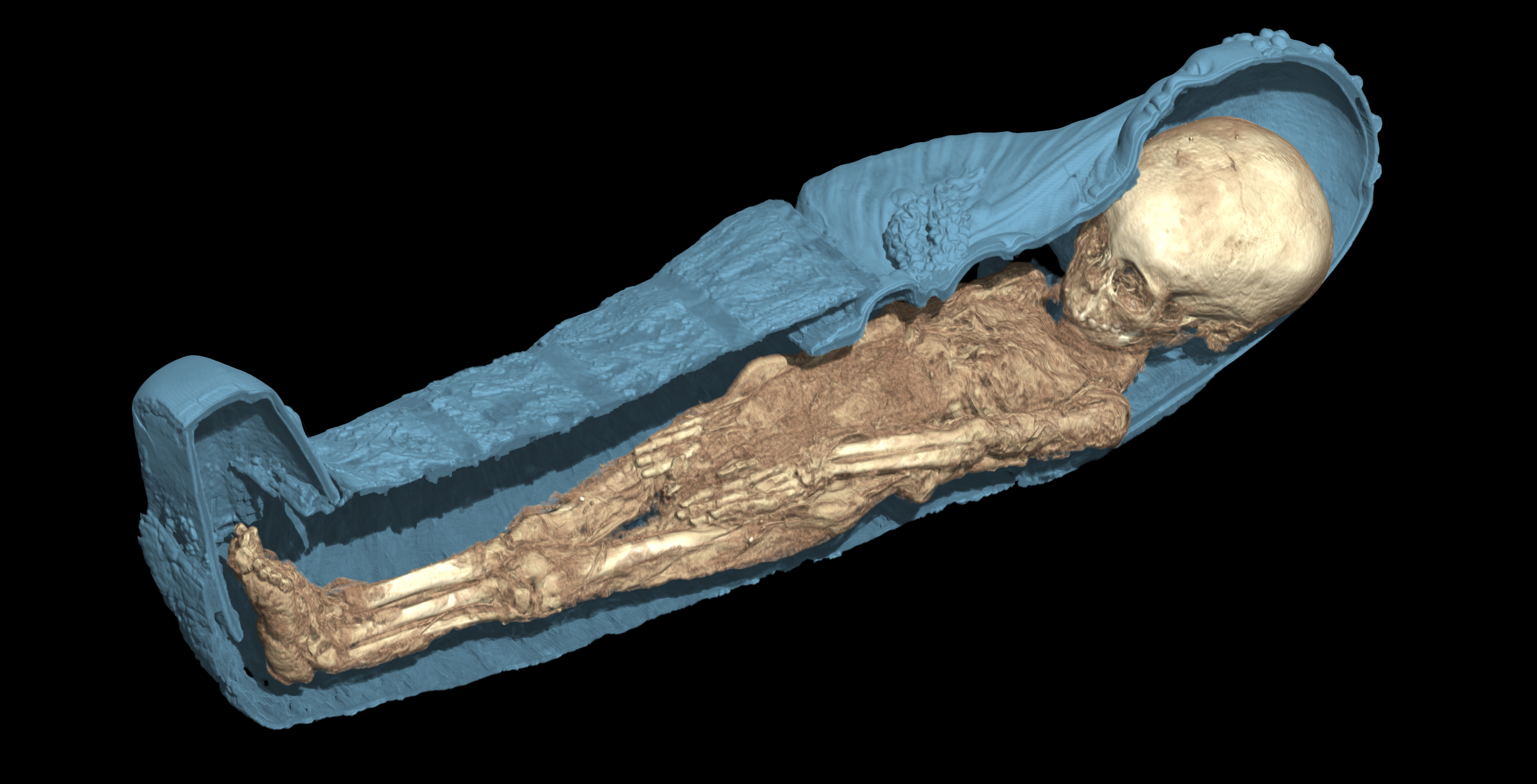
Beyond this, the latest CT scans have allowed a far greater understanding of the health issues faced by Ancient Egyptians, and how many of these issues continue to impact people today.
“[T]he scans reveal that many ancient Egyptians suffered from tooth decay and abscesses, largely owing to the high content of sand, chaff and even small stones in staple parts of their diet, such as bread (microscopic analysis of some surviving bread loaves in the exhibition can confirm this),” says Pitkin.
“We also learn that cardiovascular disease, one of the most prevalent diseases in the modern world, also existed in ancient Egypt. The mummy of Tamut (a Chantress in the Temple of Amun at Karnak), for example, shows calcified plaque deposits in her left femoral artery, which indicates that she would have been at risk of a heart attack or stroke. Some ancient Egyptians were also obese (as in the case of our young man from the Roman Period), although on his mummy portrait he is painted to look thin and graceful.”
Importance for Australia
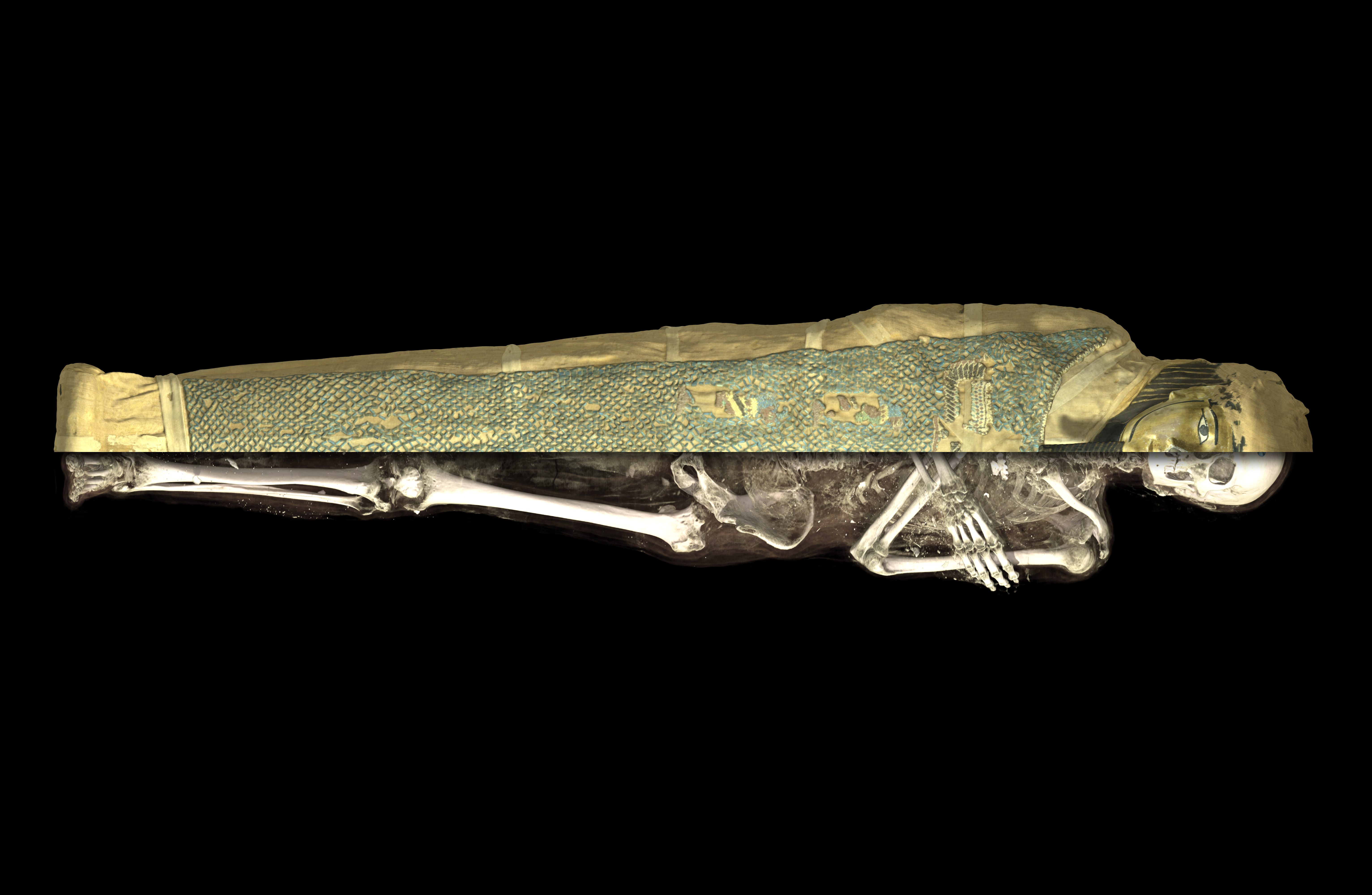
For Australia, Pitkin said the event is an incredible privilege, particularly as those in Australia will be able to see the collection before anyone else in the world has.
“The British Museum has the largest collection of Egyptian antiquities outside of Egypt. It is an incredible privilege to be able to showcase a very special selection of these antiquities with an Australian audience, particularly before anyone else in the world has had the chance to see it!” says Pitkin.
“It is, of course, also a wonderful chance to remind Australians of the importance of Egypt and its people, and to encourage people to learn more about the country and its rich and varied history,” continues Pitkin.
“Finally, the exhibition provides us with an important opportunity to highlight the work of Australian Egyptologists – in particular, Macquarie University and the Australian Centre for Egyptology in Sydney – who are similarly contributing to important international research in the field of Egyptian history, especially in the areas of mummification and human remains,” says Pitkin, adding that throughout the exhibition, visitors will be able to receive expert floor talks from staff and postgraduate university students from Macquarie University.
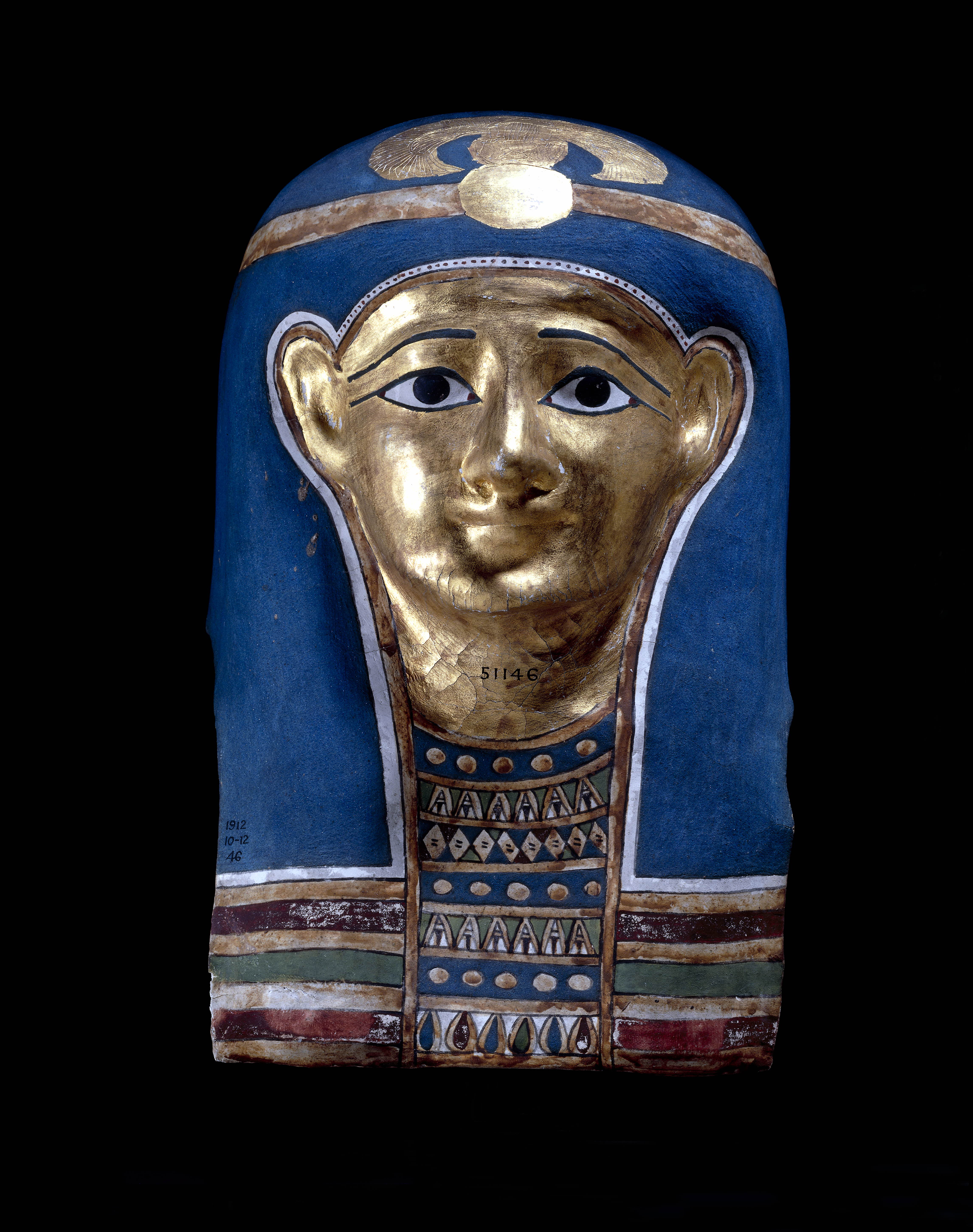
Importantly, the exhibition is targeted towards those of all ages. In a press release, Marie Vandenbeusch, the co-curator of the exhibition and project curator at the British Museum, said that the exhibition is perfectly suited for all the family.
“Throughout summer there will be an extensive public program for all the family. Children can try their hand at archaeology with a 20 metre long Giant Archaeological Dig pit, which will be installed in the Powerhouse Museum amongst many other free summer school holiday activities,” states Vandenbeusch.
“There will be an exciting series of talks and events including a lecture series titled Death and Dying that will take place throughout the duration of the exhibition and school holiday periods. There will also be curator tours and expert talks from Macquarie University and the Australian Centre for Egyptology revealing the science behind archaeological practices and CT scanning techniques.”
Find out more and book your tickets for Egyptian Mummies: Exploring Ancient Lives by clicking here.






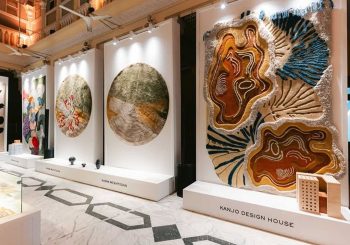
Comments (0)